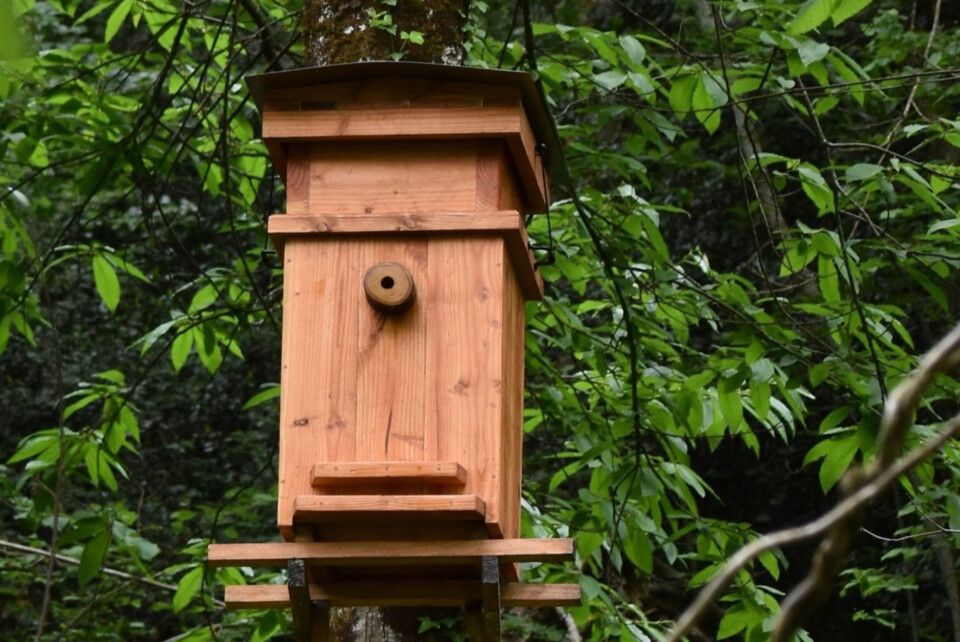-
France’s wild garlic season is here – but foragers should beware toxic lookalikes
Spring brings the fragrant plant to woodlands nationwide. We explain what to look out for
-
White storks make strong return in France via nest ‘platforms’ and clipped wings
The Ligue pour la Protection des Oiseaux shares the conservation challenges in saving these birds from extinction
-
Efforts to reintroduce black vultures in France
Plus, wildlife spotter, Jonathan Kemp, shares his experience of searching for bearded vultures around his home in Aude
‘Our hives protect bees’: alternative way of beekeeping made in France
Creators say that their specially designed hives lead to stronger colonies

An alternative approach to beekeeping has been developed by Adam Wright and Karin Maassen at Custos Apium.
“We are not professional producers so our aim isn’t to produce as much honey as possible,” said Adam, of Saint-Michel-de-Veisse, in Creuse.“It is to help bees by providing them with habitats where they can survive on their own.”
He and Karin started keeping bees as a hobby 10 years ago with a hive at the bottom of the garden but gradually moved towards natural beekeeping. “We wanted bees to pollinate the orchard and thought we were helping.
“But we were working them too hard, and moved towards better hiving for bees. Now I design and sell heavily insulated natural beehives which are circular inside.”
He sells two types: a conservation hive (like a false hollow tree trunk) designed to be installed high off the ground in a tree to provide a home for wild bees, with no human intervention at all.
He also sells Custos Apium (custosapium.com) hives designed to attract wild bees and has sold more than 110, in France, the Netherlands and South Africa.
“We also have 25 active hives all around the area.
“Our hives attract wild bees, which interbreed with other bees, keeping their DNA strong and healthy.
“Wild bees are survivors, their colonies very rarely fail.”
To avoid opening the hive, Custos Apium hives have a pass door in the form of a wooden plug between the main hive and a smaller annexe on top. In the spring, the trap door is opened and the bees fill the frames in the annexe with honey.
The trap door is closed at the end of summer, shutting the bees out, and the frames are removed to harvest four or five jars of honey.
The honey in the main hive is left for the colony.
“All bees make honey but most only make tiny amounts. Bumble bees, for example – the hive dies off in the autumn and only the queen survives the winter, so bumble bees don’t need the same amount of food as honey bees. Most bees are non-honey bees, and they are the ones in trouble.”
To produce lots of honey, keepers put colonies in larger hives, which forces them to work harder to fill all the frames. “Beekeepers also manipulate DNA to make what I call junk bees, which produce a lot of honey, but are not strong or healthy.”
Related stories:
French beekeepers experiment with indoor hives in bid to save bees
‘No stings yet!’: Feedback from beekeeping beginners in France
How to harvest your own sweet honey in France
























